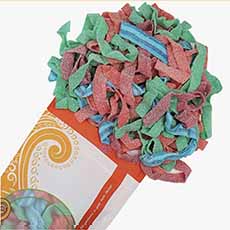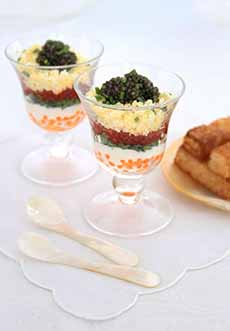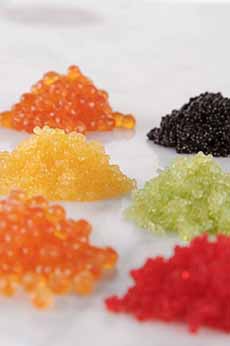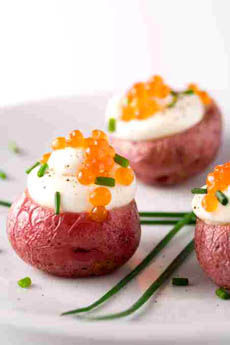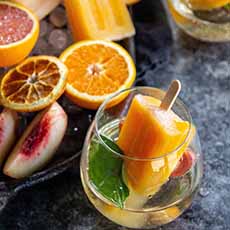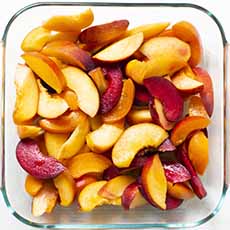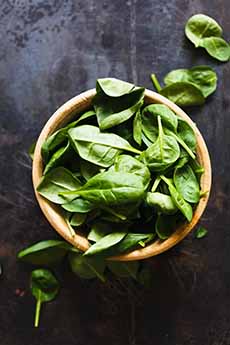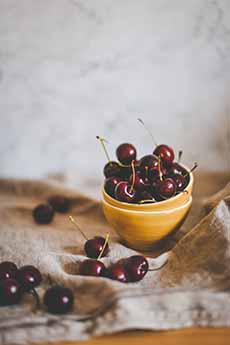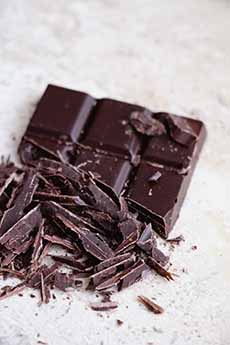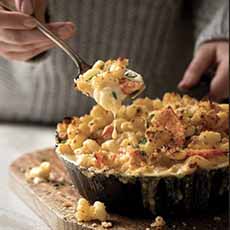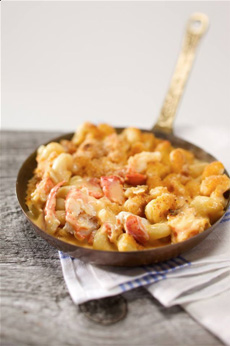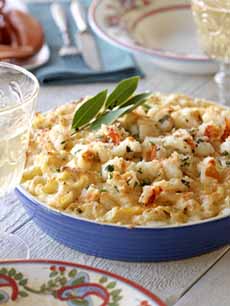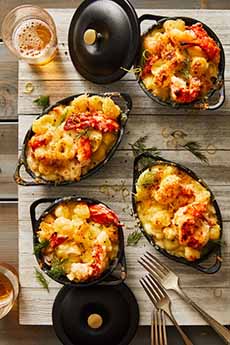|
THE HISTORY OF SOUR CANDY
When we were growing up, in the pre-digital era, there was one type of sour candy: sour balls, hard round so-called “sucking candies.”
Hard sour candies can trace their lineage to the lozenges of the 1700s. Citric acid, a component of lemon juice, provided plenty of tartness.
Sour balls and other “penny candy” became popular in the mid-1800s [source].
Sour candy-making began in the 19th century. By the end of the 19th century, a love of hard sour candy had spread to the U.S.
By the 1980s, the hard candies were joined by chewy sour candies and gummy sour candies. Check out the Top 10 best-tasting sour candies, below.
But back to the beginning of America’s sour craze:
The 1950s had Charms Sour Balls, the best-known brand of the hard round hard candies. The then-standard flavors were orange, grape, lemon, and lime (photo #1). Today’s Charms Sourballs are made in Cherry, Lemon, Lime, Orange, Pineapple, and Raspberry.
In 1962, Lemon Heads appeared: a hard, round ball made with real lemon juice, causing quite the pucker (photo #2). They were introduced by the Ferrara Candy Company, which also sells Nerds, Trolli, SweeTarts, Brach’s, and other popular candy brands.
America’s sugar-sweet palate was warming to embrace sour.
The 1970s and 1980s were big growth years for sour candy.
In the 1970s Sour Patch Kids were first introduced in Canada, making their way to the U.S. in the mid-1980s to the joy of hundreds of thousands of kids, and maybe a few adults.
Warheads were invented in Taiwan in 1975 and first imported to the United States in 1993.
The 1980s saw a great sour candy event: The Trolli brand of sour gummy worms was invented in Germany.
In the 1990s a new shape emerged: Sour Punch fruit-flavored straws.
In 1921 the most recent entry, Sour Belts, was launched in Canada. It was ranked the #2 best-tasting sour candy (see the list below).
Who Invented National Sour Candy Day?
The American Licorice Company—which makes the Sour Punch and Sour Straws candy lines—founded National Sour Candy Day in founded in 2015.
National Sour Candy Day celebrates those mouth-puckering fruit flavors that we can’t get enough of.
TODAY’S TOP-TASTING SOUR CANDIES
Here’s a Top 10 ranking of sour candies by taste, conducted by Thrillist. Here’s the full article.
1. Trolli Sour Brite Crawlers
2. Sour Belts
3. Haribo Sour S’ghetti
4. Star Mix Twin Snakes
5. Haribo Sour Gummy Worms
6. Extreme Sour Sweet Tarts
7. Sour Punch
8. Sour Skittles
9. Sour Patch Kids
10.Airheads Xtremes
Pucker up, America!
And check out the 50 national candy holidays.
|



